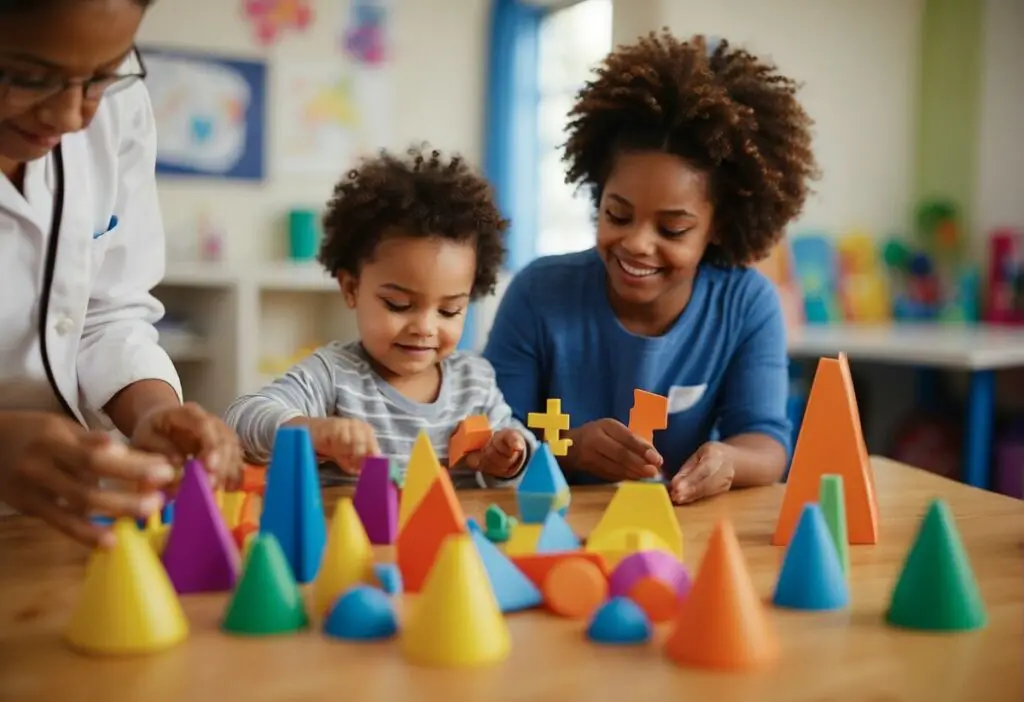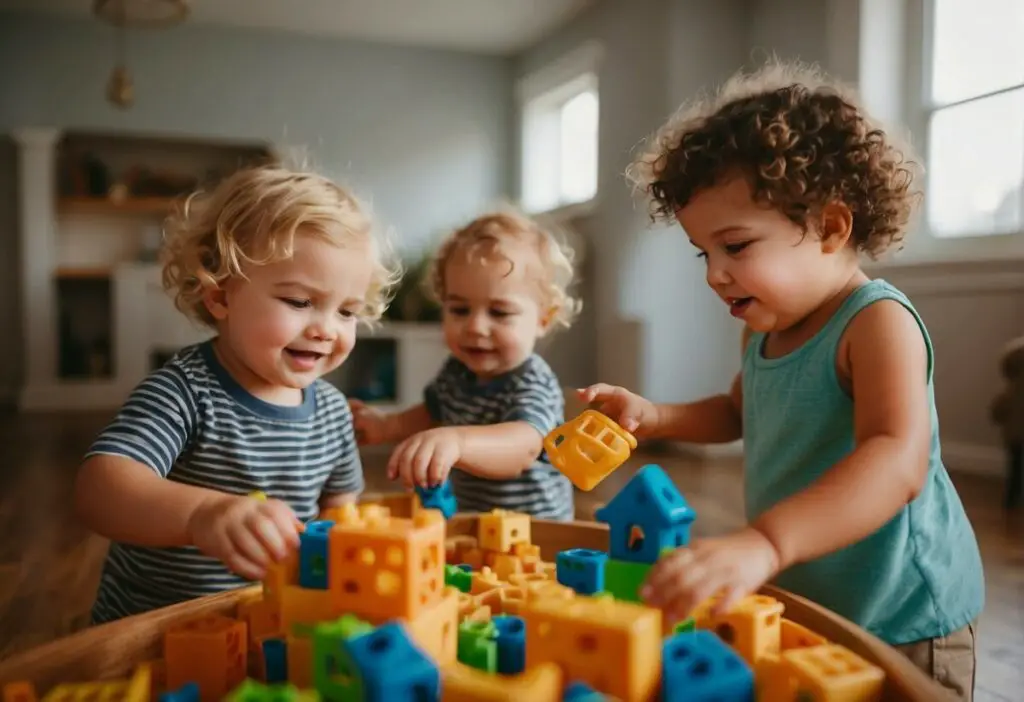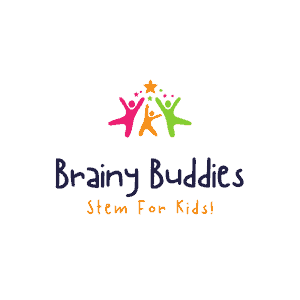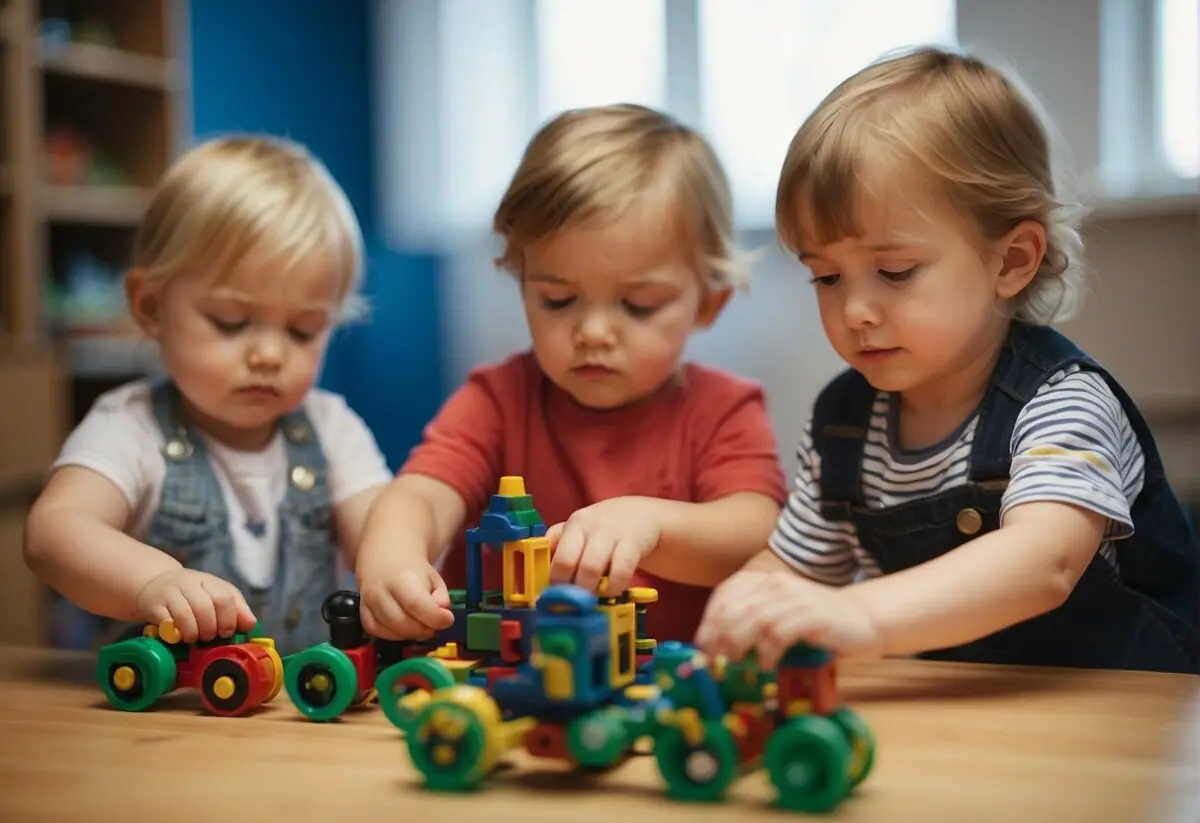Engaging in STEAM activities—those that blend Science, Technology, Engineering, Arts, and Mathematics—can be particularly beneficial for toddlers with learning delays. These formative experiences encourage exploration, spark curiosity, and help develop foundational skills in a hands-on environment.
For toddlers with learning delays, STEAM activities are designed to meet them where they are and support their growth in a variety of developmental areas.
When you explore STEAM activities suited for toddlers with learning delays, it is essential to focus on the flexibility and adaptability of each activity to cater to individual needs. Incorporating sensory elements, emphasizing process over product, and celebrating small successes can make these activities both accessible and enjoyable. Interactive experiments such as Magic Milk can stimulate a child’s senses while teaching cause and effect, and simple engineering projects help build problem-solving skills.
The goal is to create a positive and encouraging learning environment that embraces your child’s unique pace and interests. Carefully chosen STEAM activities can nurture an early enthusiasm for learning and lay the groundwork for future educational experiences. Whether it is experimenting with textures and colors or embarking on a nature discovery, these activities are a gateway to understanding the world for toddlers with learning delays.
Understanding Learning Delays

Learning delays in toddlers are characterized by slower development in one or more areas of speech, motor skills, and cognitive growth. Identifying these areas early on is crucial for your child’s overall development.
Types of Learning Delays
- Speech and Language Delays: Your toddler may struggle with understanding language, communicating with others, or have a limited vocabulary compared to peers.
- Motor Delays: This involves a delay in developing fine and gross motor skills. You might notice your child has difficulty grasping small objects or is not meeting movement milestones like walking.
- Cognitive Delays: Your child may take longer to develop important thinking skills, including problem-solving, learning from actions, and imitating others.
Impact on Early Development
- Emotional Impact: Learning delays can affect your toddler’s self-esteem and interaction with others.
- Educational Impact: These delays can hinder the ability to learn at a pace similar to peers, affecting academic progress.
Importance of Early Intervention
- Optimizes Progress: Engaging in early intervention services can accelerate development in delayed areas.
- Supports Needs: Tailored intervention plans address specific delays, fostering your child’s ability to reach their full potential.
By understanding and addressing learning delays early, you can build a support system that helps promote your toddler’s growth across all developmental areas.
Engaging Toddlers Through STEAM

Effectively engaging toddlers with learning delays through STEAM requires tailored environments and activities that cater to their unique needs. Here, you’ll find strategies to create stimulating spaces, diverse activity ideas, means to adjust activities to individual requirements, and tips on observing and adapting to each child’s progress.
Creating a Stimulating Environment
Your first step is to design a stimulating environment. Ensure the room is well-lit, free from distractions, and filled with a variety of tactile materials. Colors and shapes should be used to draw attention, while safe, accessible areas encourage exploration. Incorporate elements from nature where possible, such as plants, to stimulate curiosity.
Activity Ideas for Each STEAM Category
For Science:
- Begin with simple experiments like mixing colors or observing plant growth.
- Introduce the concept of “Rain in a Jar” to demonstrate weather patterns.
For Technology:
- Introduce basic cause-and-effect toys that require buttons to press or levers to pull.
- Simple, interactive electronic toys can also pique interest without being overwhelming.
For Engineering:
- Offer blocks of different shapes and sizes for building structures.
- Encourage problem-solving with puzzles that fit together in more than one way.
For Art:
- Provide a mix of coloring, painting, and clay sculpting to improve motor skills and creativity.
- Consider sensory art projects that allow mess-free tactile exploration.
For Mathematics:
- Sort objects by size, shape, or color to build categorization skills.
- Simple counting games with everyday items can reinforce numbers and quantity.
Adapting Activities to Individual Needs
Remember, no two children are the same. Be ready to modify activities based on a child’s sensory preferences, physical abilities, and attention span. For instance, use larger puzzle pieces for children with fine motor skill challenges or use textured materials for sensory seekers.
Monitoring Progress and Adjusting Accordingly
Track progress by keeping short, regular records of each session. Notice patterns in engagement and set small, achievable goals. If a child excels or shows disinterest, it might be time to adjust the complexity of the activities. Most importantly, ensure that each activity remains fun and pressure-free, fostering a love of learning!


